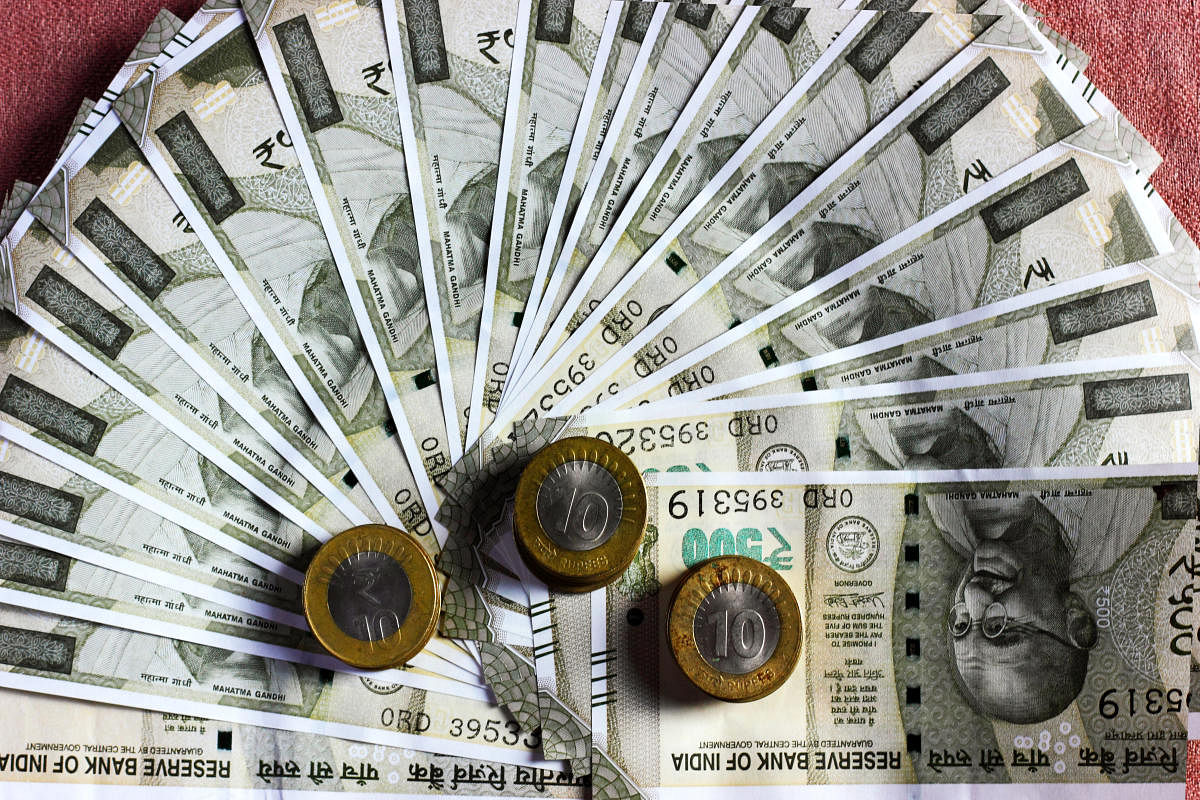On the evening of November 8, 2016, Prime Minister Narendra Modi announced what has come to be known as demonetisation, outlawing the Rs 500 and Rs 1,000 currency notes in circulation then. There were three basic objectives that the government declared at the time: reducing black money, curbing counterfeit notes, and reducing cash in circulation. Three years on, the data shows that none of the objectives have been met. While fake notes are back with a bang, so is cash in the economy; and the elimination of black money remains a myth.
Government data, from Reserve and other agencies, shows that the fake currency problem persists. The recently released ‘Crime in India 2017’ report of the National Crime Records Bureau suggests that the circulation of counterfeits continues to be a nationwide concern— approximately Rs 55 crore was detected in 2017 in the year after demonetization, rising nearly four times from the value of fake currency recovered – Rs 15 crore -- in 2016.
Banking sources estimate that the actual number of fake notes in circulation would be “at least 100 times” more than the amount detected by RBI. Indeed, even while giving the go-ahead for demonetisation to the government hours before Prime Minister Narendra Modi announced it on television three years ago, the RBI Board had said that the fake note problem, estimated at Rs 400 crore, was negligible in comparison to the size of the economy and that, in any case, demonetisation would not make a dent.
An RBI official told DH that high currency denominations incentivise counterfeiters to fake notes as the investment involved is smaller. “Since these notes are relatively rare in circulation, if counterfeiters get a few details right, it is easy to pass off fakes as real,” he said.
In Karnataka, data from the State Crime Records Bureau reveals that fake currency of value over Rs 1.19 crore had been seized in the state this year until July, and 32 arrests made so far. The number of notes recovered stands at 7,250, indicating that most of the fakes are of high value currencies – the new Rs 500 and Rs 2,000 notes introduced in the wake of demonetisation.
The RBI annual report of 2018-19 shows an increase of 121% in fake Rs 500 notes detected compared to the previous year, and a 21.9% rise in fake Rs 2,000 notes detected. A Delhi-based national security official, who wished to remain anonymous, explained that the inflow of fakes of the post-2016 currency notes is not from neighbouring countries. “This is an internal issue,” he said.
Cash in circulation was back with a vengeance just two years after demonetisation, crossing the unprecedented level of Rs 20 lakh crore. As on date, there is Rs 21.37 lakh crore of cash in circulation – over Rs 4 lakh crore higher than the pre-note ban level. Also, despite the Reserve Bank stopping the printing of the Rs 2,000 note, the high-end denominations make up 83% of the currency (by value) in circulation right now, compared to the 86% that the old Rs 500 and Rs 1,000 notes constituted. To give perspective, the current value of the high-end notes (Rs 17.34 lakh crore) is close (96%) to the total value of currency that was in circulation pre-note-ban (Rs 17.97 lakh crore), meaning that hoarding cash may have become easier than before.
But the greatest failure of demonetisation lies in the claim that it was meant to suck black money out of the system. When the whole country was forced to stand in queues and made to deposit all cash into bank accounts, the government had claimed that nearly Rs 3-4 lakh crore would not come into the banks, and that would be the amount of black money recovered. It turned out that nearly all the money in circulation came back into the system, and thus no black money was recovered. Indeed, what demonetisation did was to convert ‘black’ into ‘white’ money easily. This, too, the RBI Board had warned the government of on November 8, 2016.By the end of August 2017, the Income Tax Department had made seizures worth Rs 1,469 crore – less than 1% of the currency in circulation before note-ban.
Moreover, 1,16,262 notices were issued under section 142(1) of the Income Tax Act to those who had deposited Rs 25 lakh or more in cash during demonetisation but failed to file their tax returns by the due date. However, almost all instances of tax demands are caught up in litigation, according to I-T sources.
What demonetisation did, instead, was to send the economy into an abyss. According to a report released by Azim Premji University earlier this year, five million people lost jobs between 2016 and 2018, part of the reason why both demand and investment in the economy have slumped. You only have to visit Bengaluru’s Peenya Industrial Area, once a thriving hub of the unorganised sector and MSMEs, to witness what demonetisation has done to the economy.
Meanwhile, many who had no other option than stock markets to park their money in, started investing in equities. In the month of demonetisation, domestic institutional investors (DIIs) parked a net of Rs 18,277.03 crore in Indian equities -- the highest they had ever done till then. In the year after demonetisation, the wealth of investors in the Indian equity markets surged by 30% by November 7, 2017.
Three years on, investor wealth has surged 38%, despite the fact that the market sentiment has been muted and the earnings growth of India Inc has been disappointing, to say the least. Thus, today, India has a sliding real economy, a distressed financial sector, but a raging stock market.
